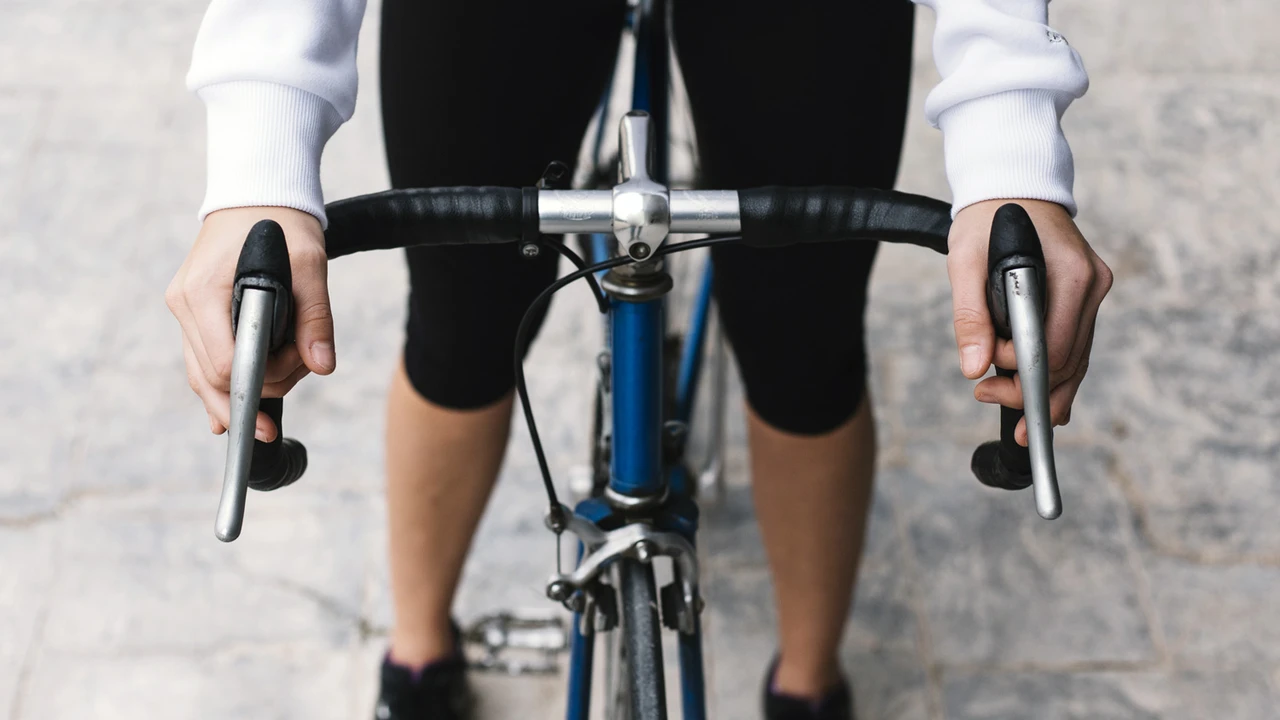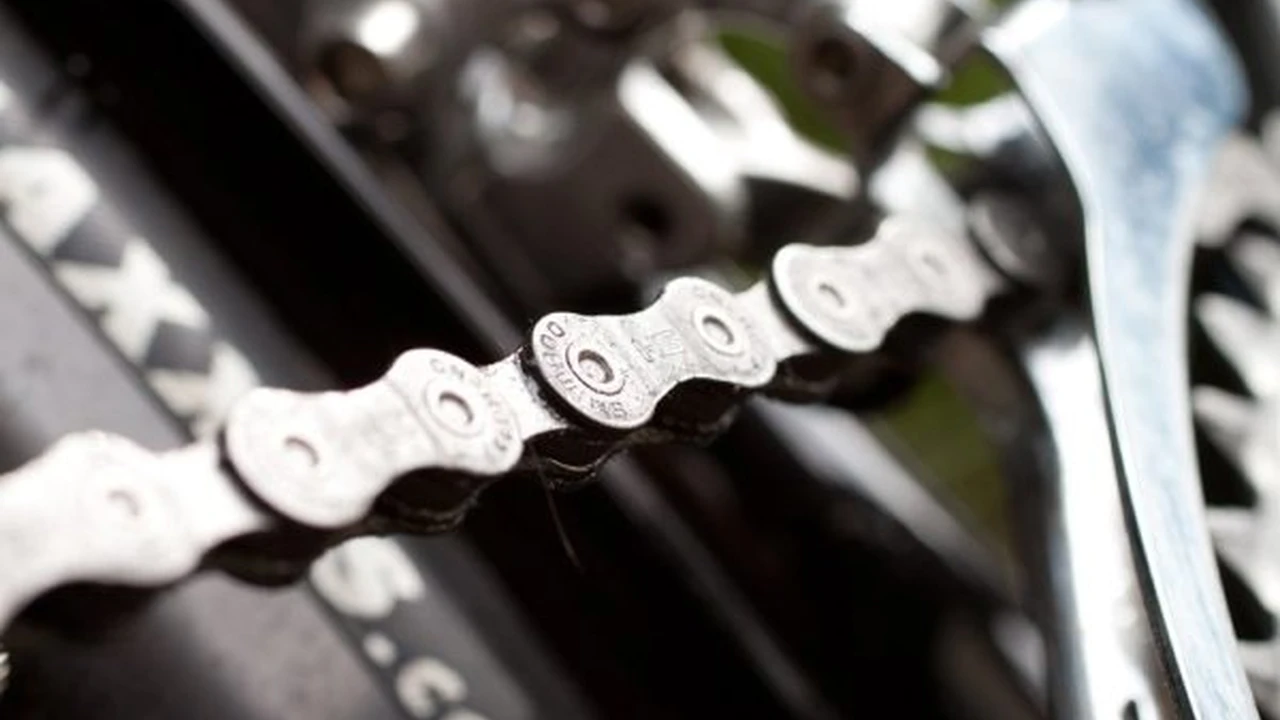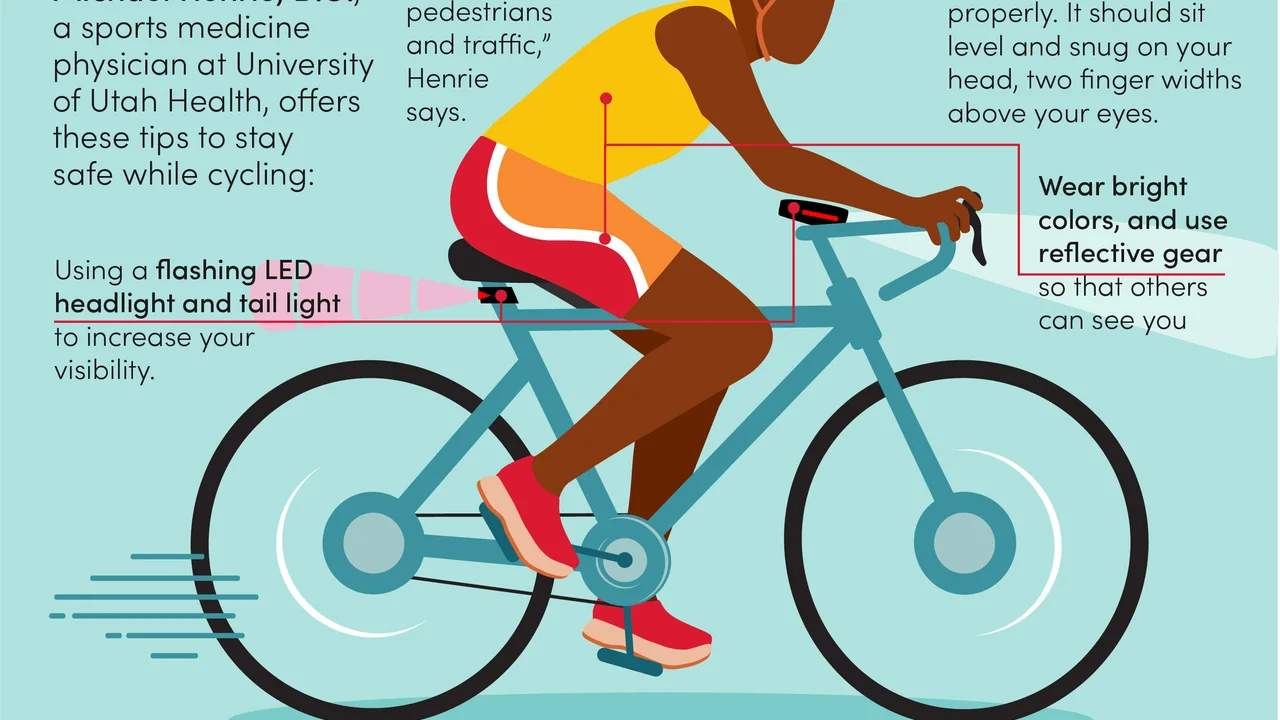5 Tips for Cycling with Pets on the West Coast
Navigating the West Coast with your furry friend on two wheels can be an amazing experience. Cycling with pets adds another layer of joy to your rides, but safety and proper maintenance are paramount. This guide provides essential tips for ensuring a safe and enjoyable cycling adventure with your pets, along with product recommendations and comparisons.

Cycling with your furry companion on the West Coast offers breathtaking scenery and unforgettable memories. However, ensuring their safety and comfort requires careful planning and the right equipment. This article outlines five crucial tips for cycling with pets, focusing on safety, maintenance, and product recommendations to make your adventures enjoyable for both of you.
Choosing the Right Pet Carrier or Trailer for West Coast Cycling Adventures
Selecting the appropriate carrier or trailer is crucial for your pet's safety and comfort. Consider factors like your pet's size, weight, and temperament. Different options offer varying levels of protection and visibility. For smaller dogs and cats, a handlebar-mounted basket or a backpack-style carrier might suffice. For larger dogs, a dedicated pet trailer is often the best choice.
Product Recommendations:
- Handlebar Basket: The PetSafe Happy Ride Wicker Basket ($70 - $90) is a stylish and secure option for small pets. It features a sunshade and a safety tether.
- Backpack Carrier: The K9 Sport Sack Trainer ($80 - $120) is a comfortable and ergonomic option for carrying small to medium-sized dogs. It's designed for active use and provides good ventilation.
- Pet Trailer: The Schwinn Rascal Pet Trailer ($150 - $250) is a durable and spacious trailer suitable for larger dogs. It features a weather-resistant cover and a safety harness.
Comparison: Handlebar baskets are best for short, leisurely rides with small pets. Backpack carriers offer more mobility and are suitable for longer rides or hikes. Pet trailers are ideal for larger dogs or longer distances, providing ample space and protection from the elements.
Ensuring Pet Safety During West Coast Cycling Trips: Harnesses, Leashes, and Visibility
Safety is paramount when cycling with pets. A secure harness and leash are essential to prevent your pet from jumping out or running into traffic. Opt for a harness that distributes pressure evenly across your pet's chest and back, avoiding strain on their neck. A short, non-retractable leash is recommended to maintain control.
Product Recommendations:
- Harness: The Ruffwear Web Master Harness ($50 - $70) is a durable and secure harness with multiple adjustment points. It's designed for hiking and cycling, providing excellent support and comfort.
- Leash: The Leashboss Shorty Leash ($15 - $25) is a short, traffic-style leash that provides maximum control. It's made from durable nylon and features a padded handle.
- Visibility: The Nite Ize SpotLit LED Collar Light ($10 - $15) and the Illumiseen LED Dog Vest ($20 - $30) significantly improve visibility in low-light conditions.
Comparison: Standard collars can be dangerous if your pet pulls or jumps. Harnesses distribute pressure more evenly, reducing the risk of injury. Short leashes provide better control than retractable leashes. LED lights and vests are crucial for nighttime or early morning rides.
Hydration and Nutrition for Your Cycling Pet: Keeping Them Healthy on the Go
Just like humans, pets need adequate hydration and nutrition during physical activity. Carry water and a collapsible bowl to provide your pet with frequent water breaks. Pack a lightweight, high-energy snack to replenish their energy levels. Avoid feeding your pet a large meal immediately before or after cycling.
Product Recommendations:
- Water Bottle: The Lixit Top Fill Water Bottle ($10 - $15) is a convenient and leak-proof water bottle that attaches to your bike frame.
- Collapsible Bowl: The Yummy Bowl Collapsible Dog Bowl ($5 - $10) is a lightweight and portable bowl that folds flat for easy storage.
- Snacks: Wellness Soft Puppy Bites ($10 - $15) are a nutritious and palatable snack for dogs of all sizes.
Comparison: Regular water bottles can be difficult to use while cycling. Specialized pet water bottles are designed for easy access and minimal spillage. Collapsible bowls are essential for on-the-go hydration. Choose snacks that are high in protein and carbohydrates to provide sustained energy.
Protecting Paws from West Coast Terrain: Booties and Paw Balm for Cycling Dogs
The West Coast's diverse terrain can be harsh on your pet's paws. Hot pavement, rough trails, and sharp debris can cause discomfort and injury. Consider using paw protection products like booties or paw balm to shield their paws from the elements.
Product Recommendations:
- Booties: The Ruffwear Grip Trex Dog Boots ($70 - $90) are durable and protective booties that provide excellent traction and protection from the elements.
- Paw Balm: The Musher's Secret Paw Protection Wax ($15 - $25) is a natural wax that creates a protective barrier on your pet's paws, preventing dryness and cracking.
Comparison: Booties offer the most comprehensive protection but can take some getting used to. Paw balm is a less intrusive option that provides a layer of moisture and protection. Consider the terrain and your pet's sensitivity when choosing the right paw protection.
West Coast Cycling Maintenance Tips for Pet Safety: Bike Checks and Carrier Inspections
Regular bike maintenance is crucial for your safety and your pet's. Before each ride, inspect your tires, brakes, and chain. Ensure that your pet carrier or trailer is securely attached and in good condition. Address any issues promptly to prevent accidents.
Maintenance Checklist:
- Tires: Check tire pressure and look for signs of wear or damage.
- Brakes: Ensure that your brakes are functioning properly and have adequate stopping power.
- Chain: Lubricate your chain regularly to ensure smooth shifting.
- Carrier/Trailer: Inspect the carrier or trailer for any loose parts or damage. Ensure that it's securely attached to your bike.
Product Recommendations:
- Bike Multi-Tool: The Crankbrothers Multi 17 Tool ($25 - $35) is a compact and versatile tool that includes essential bike repair tools.
- Chain Lube: The Finish Line Dry Bike Lubricant ($10 - $15) is a dry lubricant that repels dirt and grime, keeping your chain clean and smooth.
Acclimation and Training for Pet Cycling: A Gradual Approach
Don't expect your pet to immediately enjoy cycling. Introduce them to the carrier or trailer gradually, allowing them to get comfortable with the sights, sounds, and motion. Start with short rides in a controlled environment, gradually increasing the distance and duration. Use positive reinforcement to reward good behavior.
Training Tips:
- Carrier Introduction: Let your pet explore the carrier or trailer in a safe and comfortable environment.
- Short Rides: Start with short rides around your neighborhood, gradually increasing the distance.
- Positive Reinforcement: Reward your pet with treats and praise for good behavior.
- Verbal Cues: Train your pet to respond to verbal cues like "stay" and "easy."
Navigating West Coast Trails and Paths with Your Pet: Choosing Safe Routes
Carefully select cycling routes that are safe for your pet. Avoid busy roads with heavy traffic and choose trails with smooth surfaces and minimal hazards. Be aware of local regulations regarding pets on trails and always clean up after your pet.
Route Considerations:
- Traffic: Avoid busy roads with heavy traffic.
- Surface: Choose trails with smooth surfaces and minimal hazards.
- Regulations: Be aware of local regulations regarding pets on trails.
- Water Access: Ensure that there are water sources available along your route.
First Aid Essentials for Cycling with Pets: Preparing for Emergencies
Be prepared for minor injuries or emergencies by carrying a basic first aid kit for your pet. Include items like bandages, antiseptic wipes, gauze pads, and a small towel. Familiarize yourself with basic pet first aid techniques and know the location of the nearest veterinary clinic.
First Aid Kit Essentials:
- Bandages: For wrapping wounds.
- Antiseptic Wipes: For cleaning wounds.
- Gauze Pads: For absorbing blood and fluids.
- Small Towel: For cleaning and drying.
- Pet-Safe Antiseptic: For disinfecting wounds (consult with your vet beforehand).
- Tweezers: For removing splinters or debris.
:max_bytes(150000):strip_icc()/277019-baked-pork-chops-with-cream-of-mushroom-soup-DDMFS-beauty-4x3-BG-7505-5762b731cf30447d9cbbbbbf387beafa.jpg)






